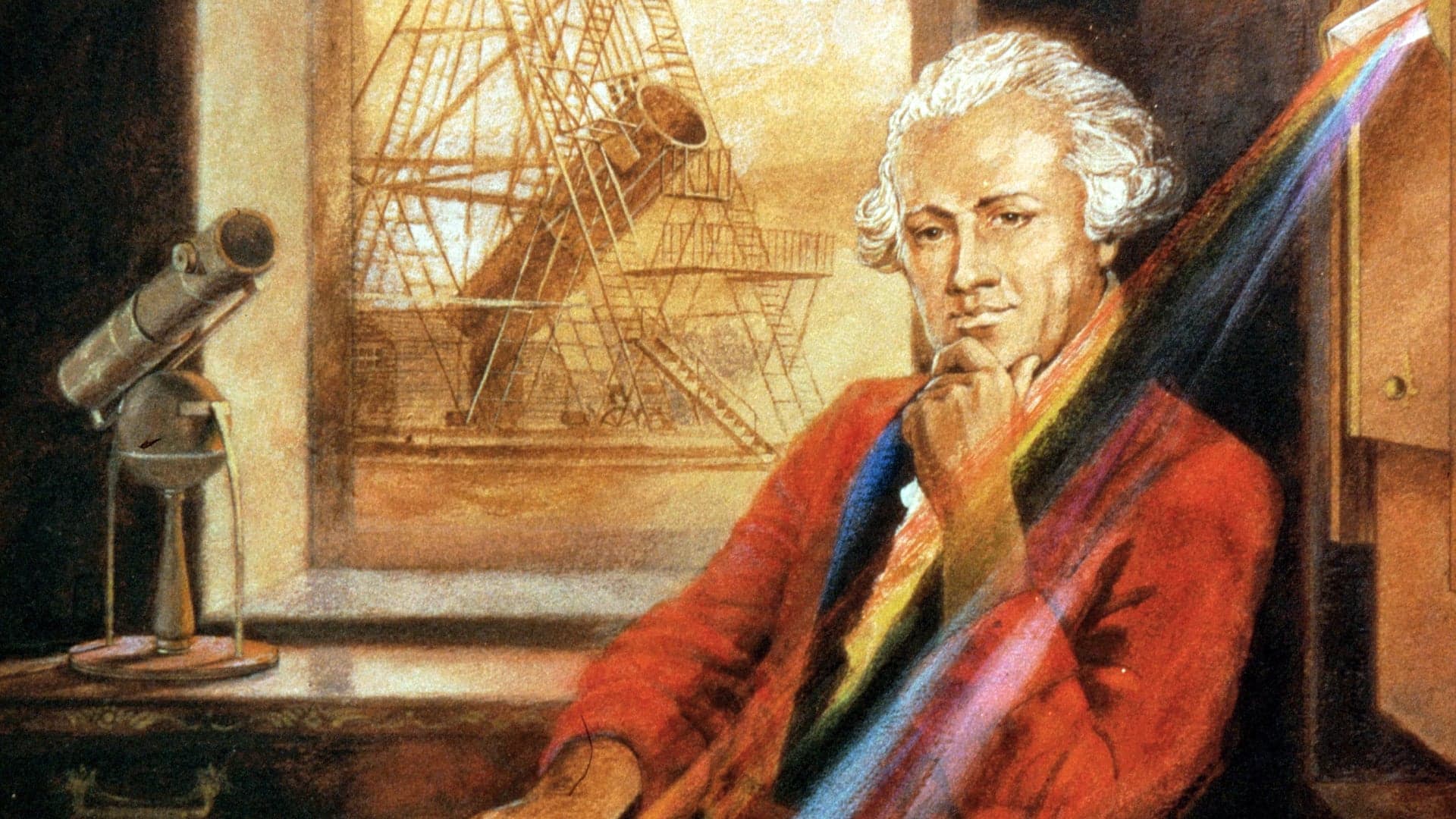The German-born English astronomer William Herschel discovers Uranus, the seventh planet from the sun. Herschel’s discovery of a new planet was the first to be made in modern times, and also the first to be made by use of a telescope, which allowed Herschel to distinguish Uranus as a planet, not a star, as previous astronomers believed.
Herschel, who was later knighted for his historic discovery, named the planet Georgium Sidus, or the “Georgian Planet,” in honor of King George III of England. However, German astronomer Johann Bode proposed the name “Uranus” for the celestial body in order to conform to the classical mythology-derived names of other known planets. Uranus, the ancient Greek deity of the heavens, was a predecessor of the Olympian gods. By the mid-19th century, it was also the generally accepted name of the seventh planet from the sun.
The planet Uranus is a gas giant like Jupiter and Saturn and is made up of hydrogen, helium, and methane. The third largest planet, Uranus orbits the sun once every 84 earth years and is the only planet to spin perpendicular to its solar orbital plane. In January 1986, the unmanned U.S. spacecraft Voyager 2 visited the planet, discovering 10 additional moons to the five already known, and a system of faint rings around the gas giant.
